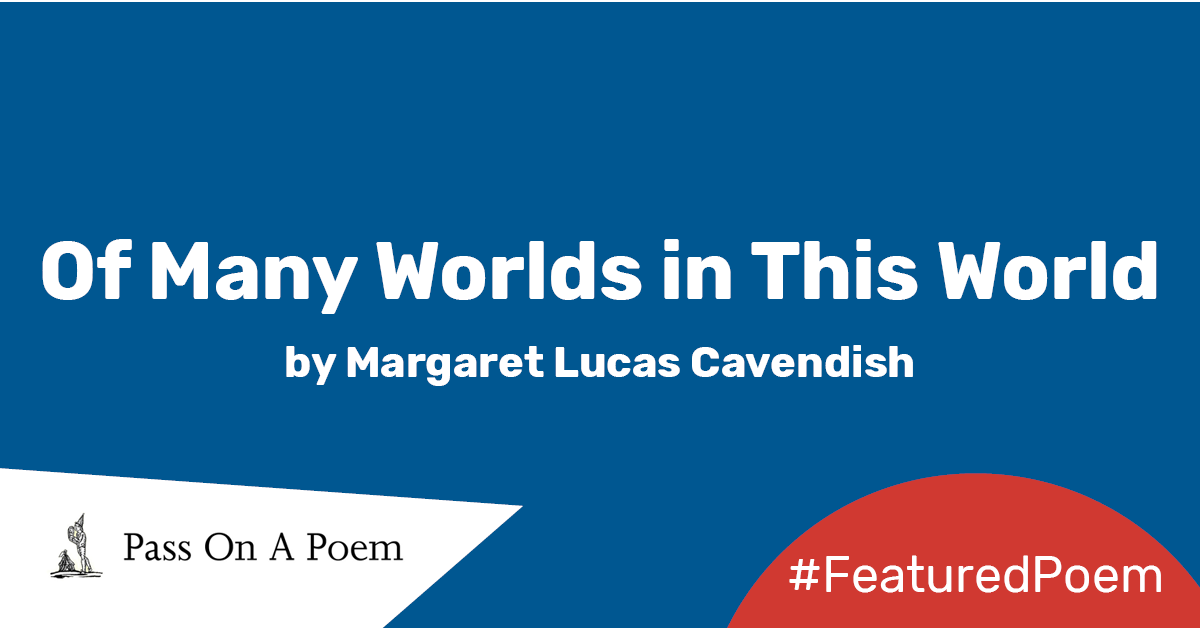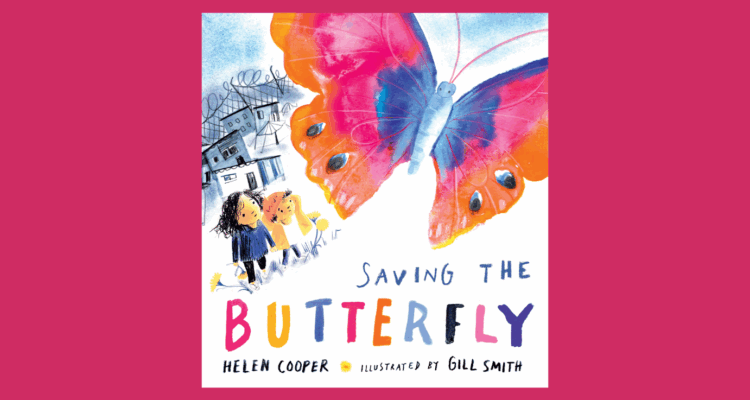Featured Poem: Of Many Worlds in This World by Margaret Lucas Cavendish
This week's Featured Poem is Of Many Worlds in This World by Margaret Lucas Cavendish, chosen by The Reader's Publications Manager, Grace Frame.

I find this poem entices me in, making me wonder about what is being said in its different parts, as if it were itself a box or a world, one of the many things that it describes. The way the lines are put together seems to divide the poem easily into halves (eight plus eight), quarters (four at a time), and couplets. I notice this early on as a way of trying to get to grips with the ideas that the poem starts to present as I read it through. But at the same time, I am aware that the poem is pointing to something beyond its easy structure, as in its language it also seems to be getting us to imagine something beyond the images which it brings quickly to mind.
This proliferation of ideas begins with ‘the nest of boxes round’, which immediately reminds me of the pleasure, passed down through generations, of playing with Russian dolls: carefully unpacking the dolls one by one until you get to the tiniest little one, but also then seeing how wonderfully they fit, one inside the other, when you come to putting them, like a puzzle, back together again. I also cannot help thinking of a child, making play out of whatever objects are available, and working to make things fit together whether they will or no; or experimenting with different sizes and shapes, paying serious attention to where each piece goes.
But this is just a prelude to the next two lines: ‘so, in this world …' It is a funny pull back ‘to reality’ or ‘down to earth’ as we say, to read this phrase here, although I hadn’t thought in the earlier two lines that we were anywhere other than grounded in a sort of literal experience. But perhaps this marks a shift to paying attention in a different kind of way; a signal of a certain scientific approach. I am surprised too by the use of ‘thinner’ and the repeated ‘less’ (‘Thinner and less, and less still by degree’): perhaps it is a little too easy for us now to call to mind visual representations of what is contained in the most minute of spaces. Although, when in my adult mind, I do look at the things that my 16-month-old daughter is interested in and think: “that’s just a piece of dirt,” or “that’s just a piece of something.” Maybe this is what is meant by ‘less’.
As I move on through the poem, I start to get the sense that actually it is a kind of deliberate strategy to keep turning inside out our ideas around the large and the small. ‘A world may be no bigger than two-pence.’ Apparently at the time of writing this would have referred to a small silver coin, significantly smaller than our own 2p. I love that this line has the feel of a statement, and yet it is also full of openness and possibility. It is as if we don’t know quite what we are referring to here; how can we speak of what we cannot comprehensively know? The language of ‘may be’ is a clue to something beyond ourselves, beyond our own ‘dull senses’.
And then the poem goes even further, multiplying down the scale until we get to millions of atoms. Cavendish, apparently, understood matter as being comprised of four elements, each of which was made up of atoms of different shapes. But as a scientific theory this seems imaginatively brought to life here in the idea that perhaps even an atom might ‘a creature’s figure bear’.
I feel that in the modern, contemporary space that we occupy, this poem could be replicated in a dazzling display of graphics and diagrams. But the final lines feel almost like the telling of a secret about what could be hidden even in the accessories that women proudly display. This poem is to me not wholly about what we can find out, though scientific discoveries continue to fascinate. It is also about the ‘pale blue dot’ in which we all live, though we can never manage to fathom it all.
Of Many Worlds in This World
Just like as in a nest of boxes round,
Degrees of sizes in each box are found:
So, in this world, may many others be
Thinner and less, and less still by degree:
Although they are not subject to our sense,
A world may be no bigger than two-pence.
Nature is curious, and such works may shape,
Which our dull senses easily escape:
For creatures, small as atoms, may be there,
If every one a creature's figure bear.
If atoms four, a world can make, then see
What several worlds might in an ear-ring be:
For millions of those atoms may be in
The head of one small, little, single pin.
And if thus small, then ladies may well wear
A world of worlds, as pendants in each ear.
by Margaret Lucas Cavendish
Share
Related Articles

Storybarn Book of the Month: Saving the Butterfly
This month, as part of Refugee Week (16-22 June), we've been taking a look back at one of our favourites…

June’s Stories and Poems
This month we are celebrating the natural world, and especially the many wonderful creatures that live within it, with June’s…

April’s Monthly Stories and Poems
Our year of Wonder with The Reader Bookshelf 2024-25 is coming to a close – though we won’t be putting…


